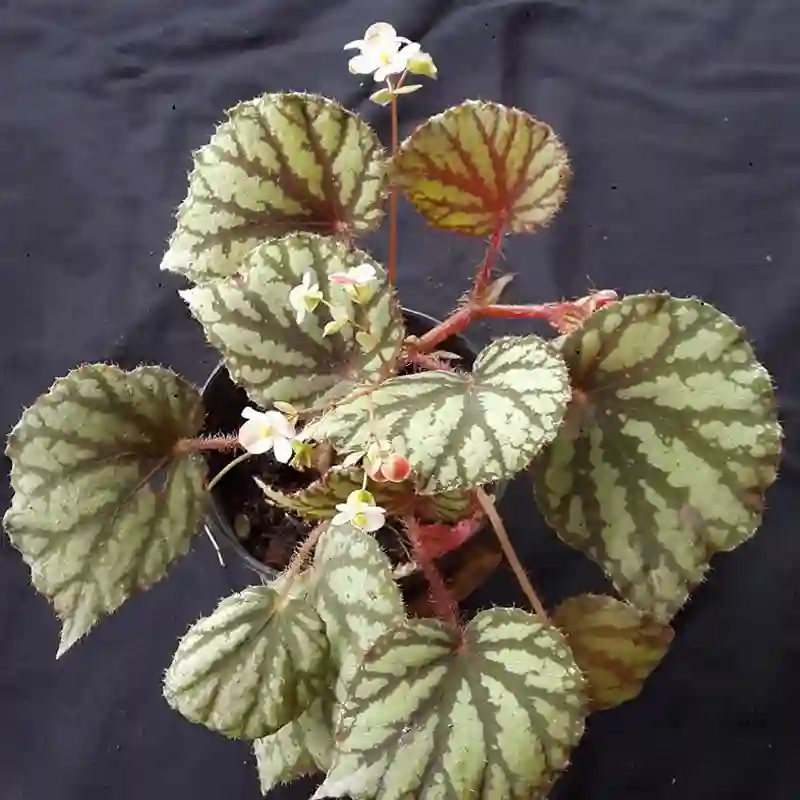
Cymbidium Goeringii: A Delicate Dance Between Elegance and Challenge
I’m Ferb Vu, and orchids are my passion. Today, we’re waltzing with a special variety – the Cymbidium Goeringii, also known as the Noble Orchid. This East Asian beauty boasts a unique charm, but be warned – it’s not for the faint of heart. Let’s delve into the world of Cymbidium Goeringii, addressing common questions and exploring its niche in the orchid family.
107 Species in Genus Cymbidium
What Makes Cymbidium Goeringii Special?
Cymbidium Goeringii stands out with its captivating features:
- Distinctive Blooms: Unlike its flamboyant cousins, Goeringii offers a subtle elegance. Think dainty, yellow-green flowers cascading gracefully from slender spikes. The fragrance is a pleasant bonus, adding a touch of perfume to your indoor space.
- Compact Form: This orchid is perfect for those with limited space. It forms a tight clump of stiff, narrow green leaves, reaching a height of just 8 inches. It thrives in pots, making it ideal for apartments or windowsills.
- Historical Significance: Goeringii holds a special place in East Asian culture. It’s been cultivated in Japan and Korea for centuries, even gracing the Imperial Seal of Manchukuo.
Is Cymbidium Goeringii Difficult to Grow?
Here’s the honest truth – Goeringii can be a bit challenging. It’s considered an intermediate to advanced orchid. While growing the plant itself isn’t overly difficult, coaxing it to bloom consistently requires a specific touch.
- Seasonal Demands: This orchid is a seasonal grower. It thrives in warm, bright, and moist conditions during summer (its growing season), but come winter, it craves cooler temperatures, lower light, and drier conditions. This mimics its natural habitat and helps initiate flower bud development.
Tip: Mimicking these seasonal shifts is key to successful flowering. Research the specific needs for your climate and adjust watering, light, and temperature accordingly.
How Does Cymbidium Goeringii Compare to Other Cymbidiums?
There are over 50 species in the Cymbidium genus, each with its own charm. Here’s a quick comparison with two popular varieties:
- Cymbidium Goeringii vs. Cymbidium Catasetum: Catasetum, also known as the Clown Orchid, is a showstopper with vibrant flowers in contrasting colors. It’s a more forgiving orchid, but lacks Goeringii’s delicate charm and historical significance.
- Cymbidium Goeringii vs. Phalaenopsis Orchid (Moth Orchid): Phalaenopsis is a beginner-friendly orchid with stunning, long-lasting blooms. However, Goeringii offers a unique fragrance and a more compact form, making it ideal for smaller spaces.
Ultimately, the choice depends on your experience level and desired aesthetic.
Essential Tips for Growing Cymbidium Goeringii
If you’re ready to waltz with the Goeringii, here are some key pointers:
- Light: Provide bright, indirect light during the growing season. Avoid harsh afternoon sun. In winter, reduce light levels slightly.
- Temperature: Aim for warm temperatures (around 70-80°F) during summer and cooler temperatures (around 50-60°F) during winter.
- Watering: Water thoroughly when the potting medium dries slightly. Avoid overwatering, as this can lead to root rot. Reduce watering in winter.
- Fertilizer: Use a balanced orchid fertilizer during the growing season. Follow the instructions on the fertilizer label for dilution and frequency.
- Potting: Choose a pot with good drainage. Repot your Goeringii every 2-3 years, using a well-draining orchid mix.
Remember: Patience is key with Goeringii. It might take a few cycles to understand its specific needs and achieve consistent blooms. Don’t be discouraged by the initial challenge – the reward of those delicate flowers is well worth the effort.
Where Can I Learn More About Cymbidium Goeringii?
There are many resources available online and in libraries dedicated to orchid care. Here are a few suggestions:
- The American Orchid Society (https://www.aos.org/) offers a wealth of information on orchid care, including Cymbidiums.
- Online forums dedicated to orchids can be a great source of advice from experienced growers. Search for forums specifically focused on Cymbidiums.
- Local orchid societies often host meetings and workshops where you can learn from experts and connect with other orchid enthusiasts.
By combining research, dedication, and a touch of patience, you can successfully cultivate the captivating Cymbidium Goeringii and add a touch of East Asian elegance to your home.
If i die, water my plants!



